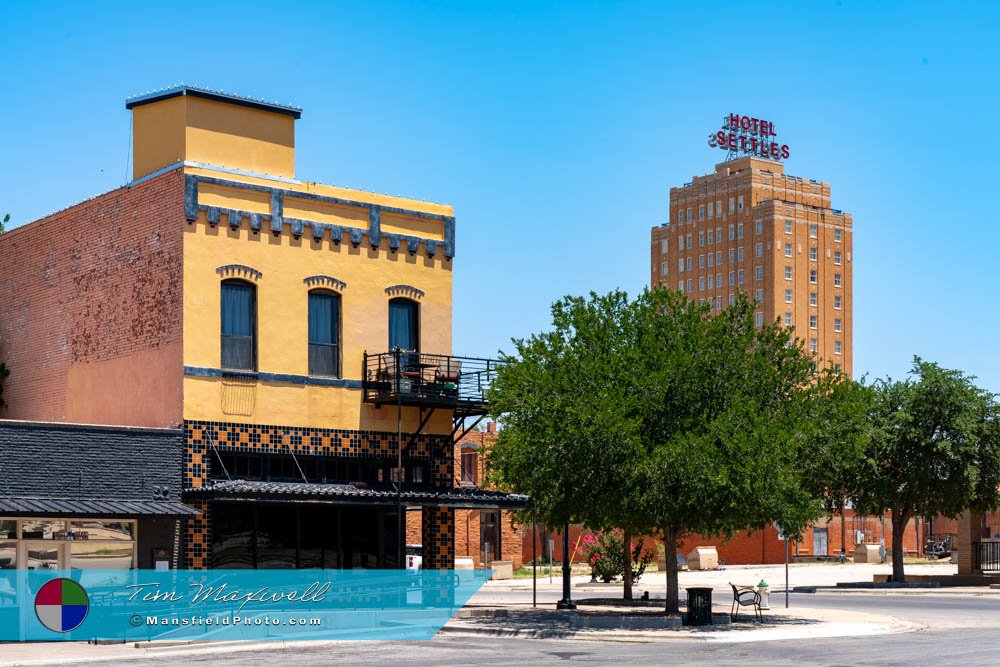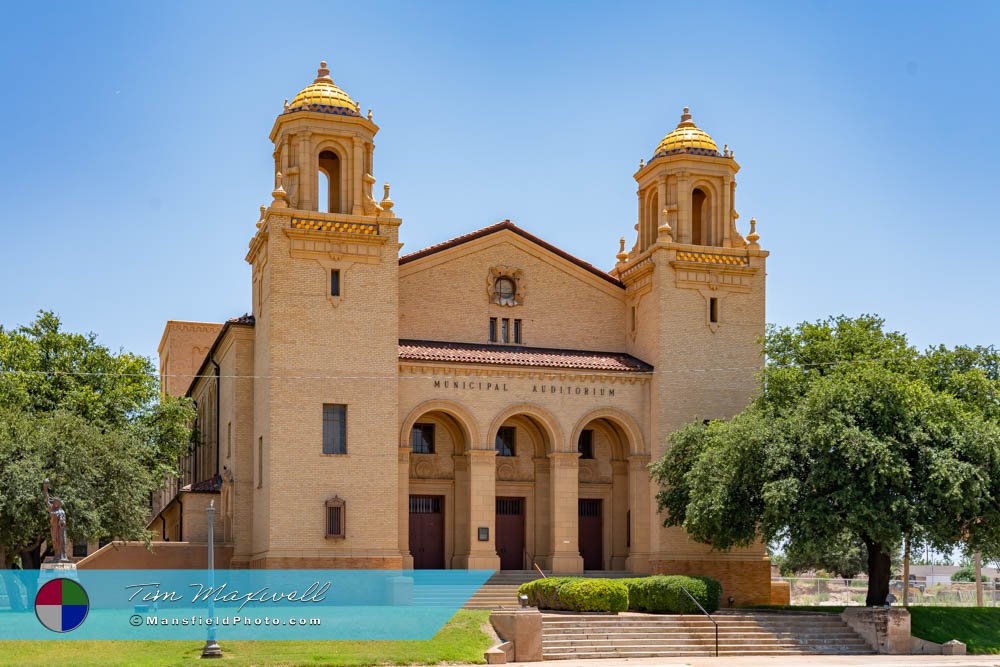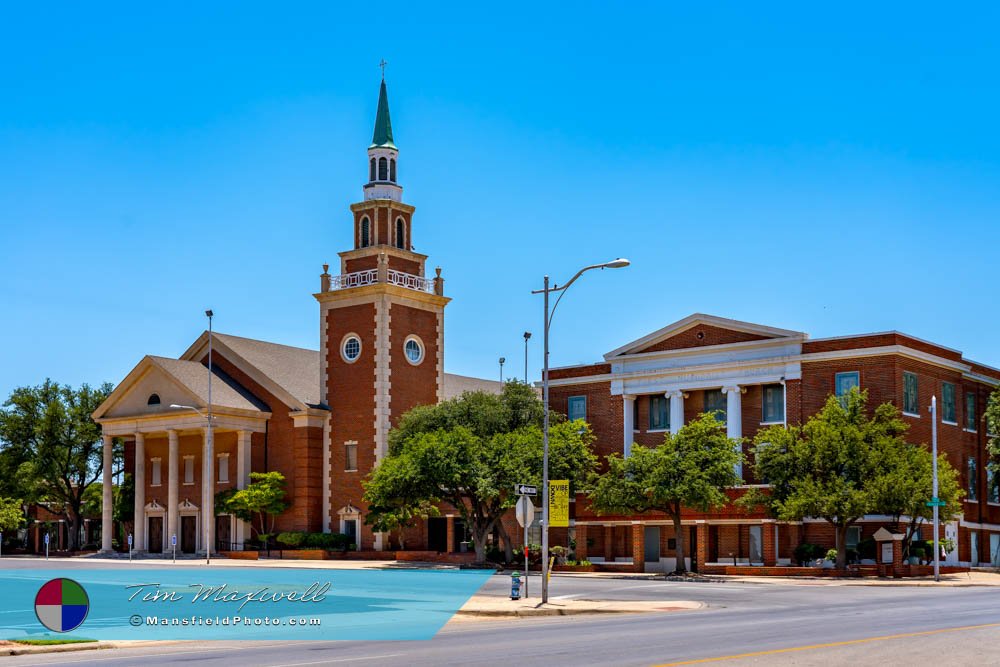Big Spring, Texas
– The Oasis of West Texas with a Story to Tell.
Founded in the late 19th century, Big Spring, Texas, earned its name from a natural spring that once flowed in the area, serving as a vital water source for Native Americans, settlers, and travelers. While the spring has since dried up, the town’s legacy endures, with its history woven into the fabric of West Texas. Today, Big Spring boasts a revitalized downtown area that reflects both its storied past and its evolving future.
The Origins of Big Spring
Big Spring’s history dates back thousands of years when it was a meeting place for Native American tribes who relied on its natural spring for water. Spanish explorers passed through the region in the 17th century, noting the spring as a landmark in the vast, arid landscape of West Texas. By the mid-1800s, the area attracted settlers and travelers making their way westward, with the spring providing a critical resource.
The town was officially founded in 1882 when the Texas and Pacific Railway arrived, turning Big Spring into a significant stop along the route. The natural spring, once a vibrant part of the community, was the centerpiece of the area’s identity. However, over the years, the spring eventually dried up, largely due to overuse and changes in the region’s water table. Despite the loss of its namesake spring, the town has continued to thrive, with its history as a vital West Texas oasis living on.
Downtown Revitalization and Historic Charm
Downtown Big Spring is a blend of modern revitalization and preserved historic charm. After decades of decline, the area has seen a resurgence, with local businesses, restaurants, and shops breathing new life into the once-quiet streets. Visitors strolling through downtown can enjoy a variety of architectural styles, with many buildings restored to their former glory.
At the heart of downtown is Hotel Settles, a towering landmark that has become a symbol of Big Spring’s revitalization. Originally built in 1930, this luxurious hotel was once the tallest building between El Paso and Fort Worth. After closing its doors in the early 1980s, the hotel sat abandoned for decades until a meticulous restoration brought it back to life in 2013. Today, Hotel Settles stands as a grand reminder of Big Spring’s past, offering luxury accommodations and a glimpse into the town’s heyday during the early 20th century.
The revitalization of downtown Big Spring extends beyond just architecture. The area has become a hub for community events, festivals, and local businesses, making it a vibrant space where history meets modern-day culture. The restored buildings, coupled with new businesses, have transformed downtown into a thriving destination for both locals and visitors.
The Lost Spring
The natural spring for which Big Spring is named no longer flows, but its memory is deeply embedded in the town’s identity. For centuries, the spring provided water for indigenous peoples, pioneers, and travelers crossing the harsh terrain of West Texas. It was the primary reason for the town’s location and played a pivotal role in its early development.
However, by the mid-20th century, the spring had dried up due to a combination of overuse and the depletion of the aquifer that once fed it. While the spring is gone, its historical significance remains a point of pride for the community. The nearby Comanche Trail Park, which was once home to the spring, offers a nod to this important natural resource. Visitors can walk through the park and imagine what life was like when the spring served as the lifeblood of the area.
Though the spring no longer flows, its legacy lives on in the town’s name, and its story is a reminder of the challenges of water management in arid regions like West Texas. Big Spring’s ability to adapt and thrive, even after the loss of its natural water source, speaks to the resilience of the community.
A Hollywood Destination
Big Spring’s rugged West Texas landscape and historical charm have caught the eye of Hollywood filmmakers over the years. Several famous movies have been filmed in and around the town, making it a unique destination for cinema buffs. One of the most well-known films shot in Big Spring is Midnight Cowboy (1969), the iconic Academy Award-winning movie that featured parts of the town in its scenes.
Additionally, the film Hangar 18 (1980), a science fiction thriller about a UFO cover-up, was shot in Big Spring, utilizing the area’s open skies and isolated landscapes to set the tone.
These films, along with others, have brought attention to the town, showcasing its unique blend of West Texas grit and charm. Big Spring’s cinematic history adds another layer of intrigue to the town, making it a fascinating stop for those interested in film history.
Big Spring Today
Today, Big Spring is a dynamic West Texas town that continues to honor its rich history while embracing the future. Its downtown revitalization has made it a destination for both tourists and residents who appreciate the blend of historic preservation and modern convenience. The once-abandoned buildings now house thriving businesses, art galleries, and restaurants that give downtown a fresh energy.
Despite the loss of its natural spring, the town has found new ways to thrive. The oil and gas industry plays a significant role in the local economy, as does the presence of military installations like the former Webb Air Force Base, now the Big Spring McMahon-Wrinkle Airpark. Additionally, the town’s strategic location along major highways makes it a popular stop for travelers exploring West Texas.
Big Spring’s historical landmarks, such as Hotel Settles, continue to draw visitors, while its small-town charm and community spirit keep locals proud of their town. The mix of history, Hollywood connections, and revitalization efforts make Big Spring a unique destination in the heart of West Texas.
A Town with a Timeless Spirit
Big Spring may have started as a frontier town centered around a now-dried-up spring, but it has evolved into a resilient community with a rich history and a bright future. Downtown’s revitalization is a testament to the town’s ability to adapt while still honoring its past. Landmarks like Hotel Settles and Comanche Trail Park serve as reminders of what once was, while the bustling downtown shows that Big Spring is far from fading away.
Whether you’re a history buff, a film enthusiast, or simply passing through West Texas, Big Spring has something to offer. Its story is one of transformation, from a frontier watering hole to a modern town that still holds onto its roots. And though the spring may no longer flow, Big Spring’s spirit remains as strong as ever.
📸 Interested in More Photos of This Town?






